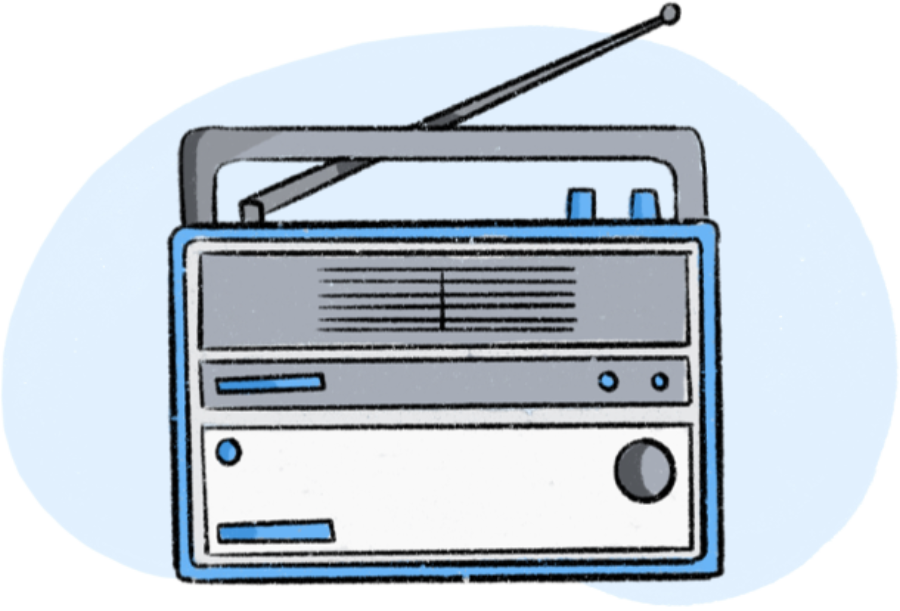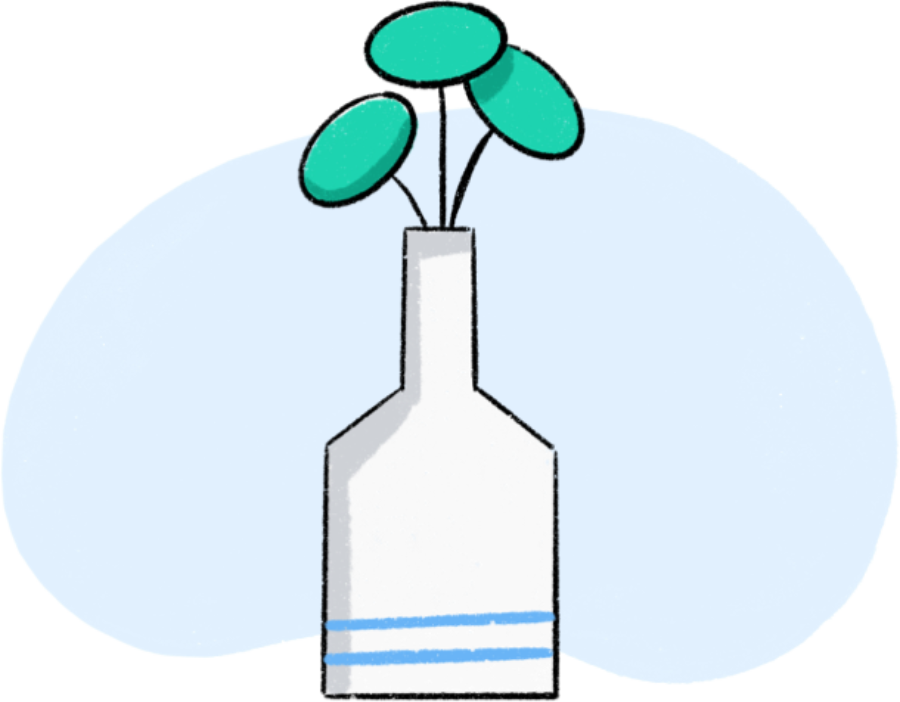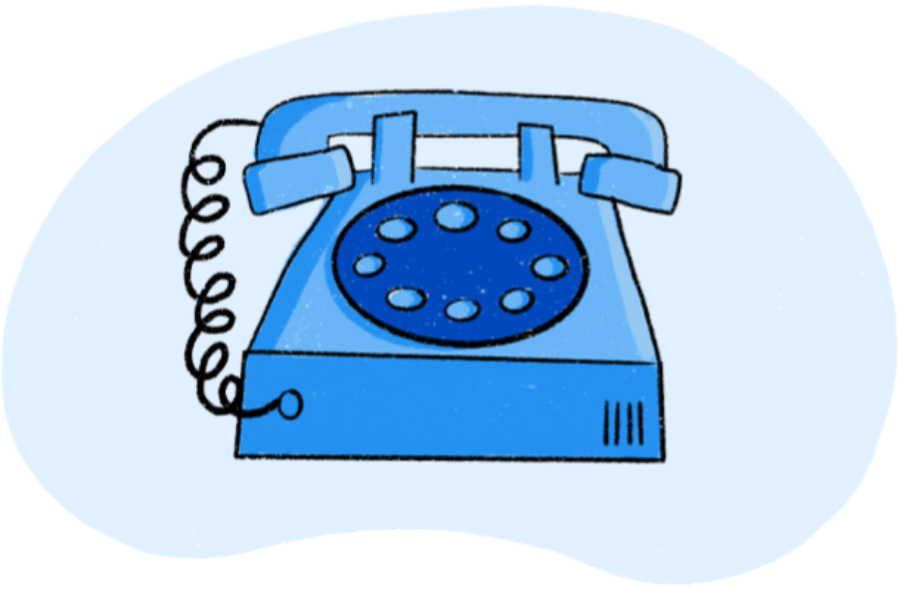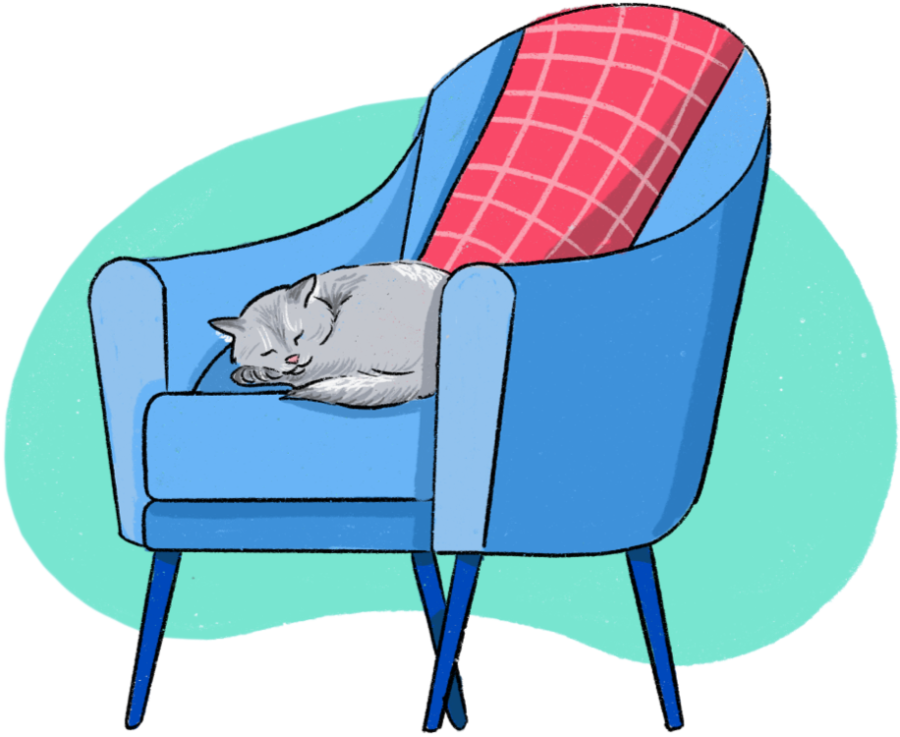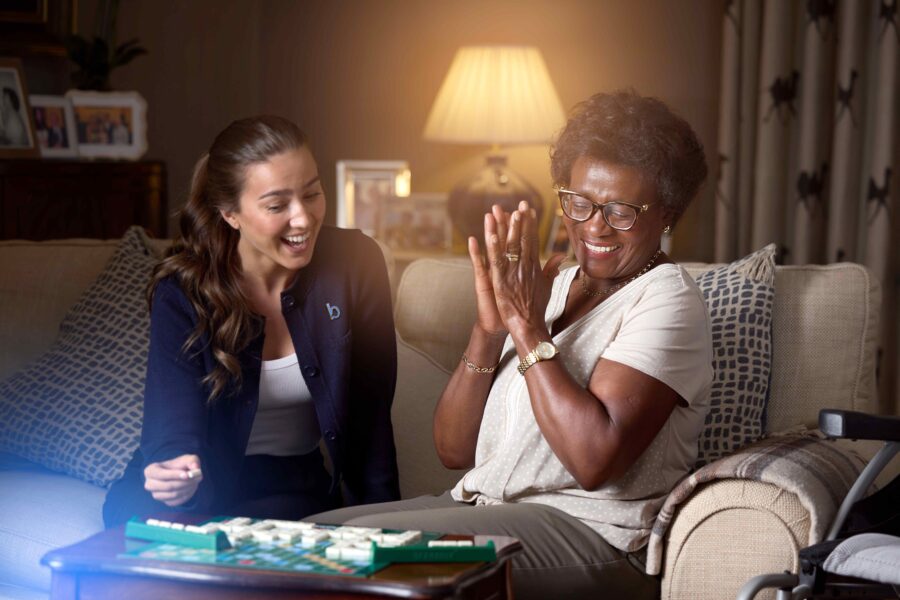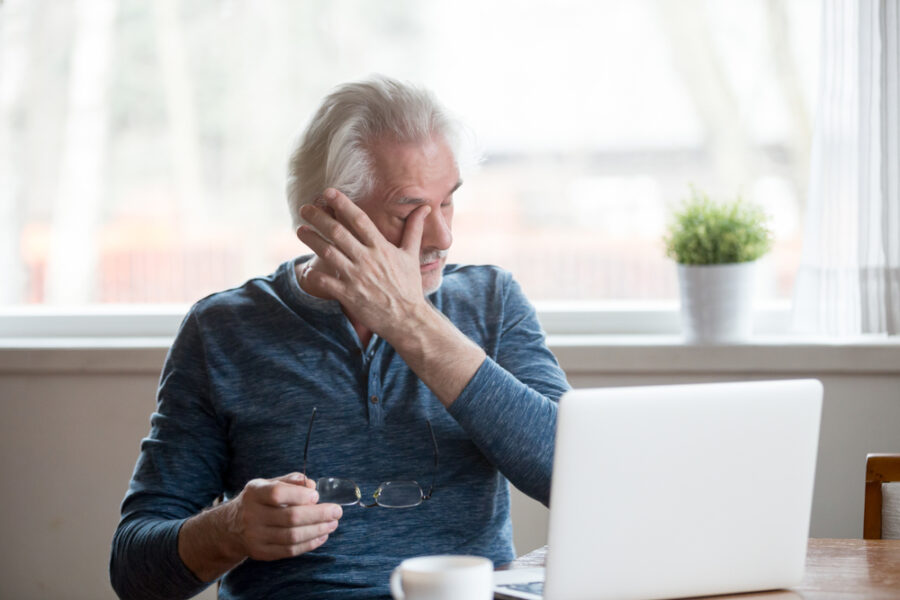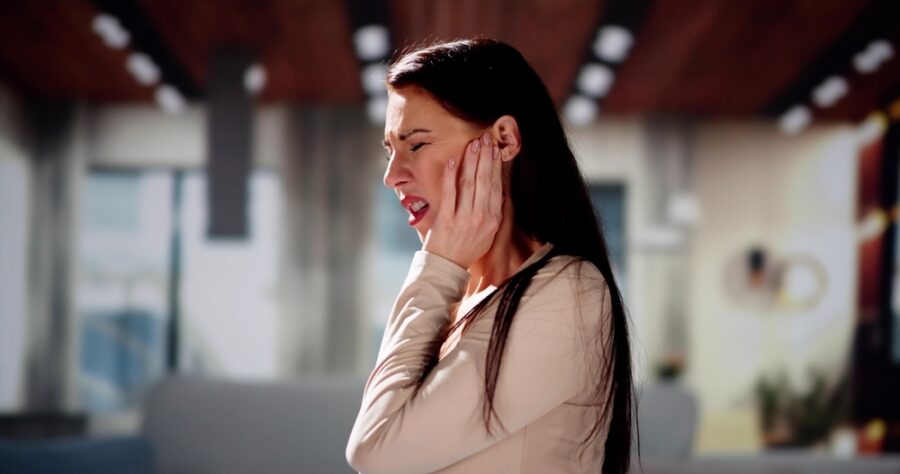

Blog post
Retinal vein occlusion: what is it, how serious is it, symptoms, causes and treatments
What is retinal vein occlusion?
Retinal vein occlusion (RVO) is a condition where the veins that carry blood away from the retina become blocked. This blockage can cause vision problems, as the retina cannot properly process visual information without sufficient blood flow.
RVO is sometimes referred to as an "eye stroke" because it involves a blockage of blood flow, similar to a stroke in the brain. However, it specifically affects the eyes.
How serious is retinal vein occlusion? Can it lead to blindness?
Retinal vein occlusion can be a serious condition as it may lead to vision loss if left untreated.
While it may not be a medical emergency in all cases, you should seek prompt medical attention if you notice sudden changes in your vision.
Early diagnosis and treatment can help prevent further complications.
What are the symptoms of retinal vein occlusion?
Symptoms can include:
- sudden, painless vision loss
- blurred vision
- seeing dark spots or floaters
RVO itself is typically not painful. However, the vision changes and potential complications associated with it can cause discomfort.
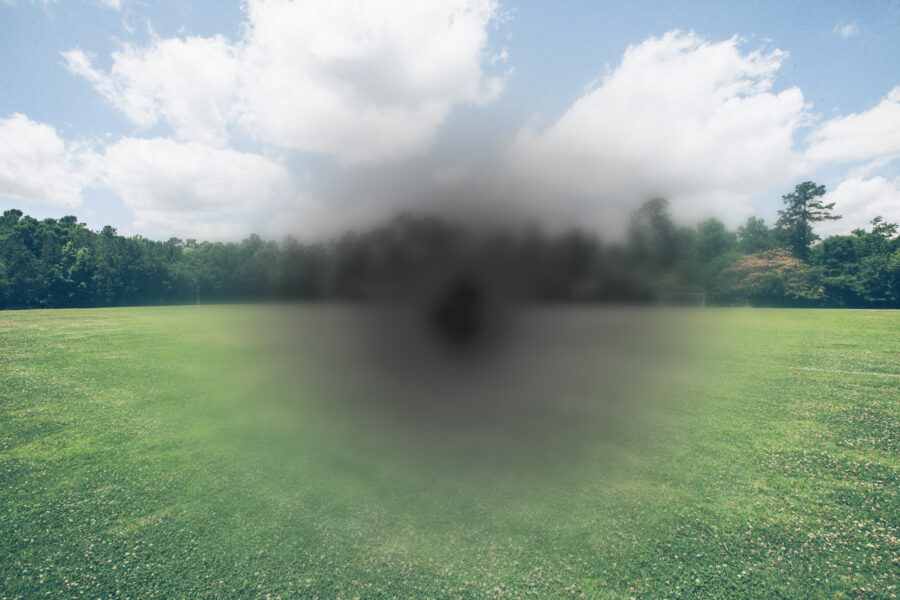
What causes retinal vein occlusion?
RVO is often caused by underlying health issues such as high blood pressure, diabetes, glaucoma, or other conditions that affect blood vessels.
Managing these risk factors can help reduce the likelihood of developing RVO.
There is no strong evidence to suggest that RVO is hereditary. However, family history of vascular diseases may increase your risk.
How retinal vein occlusion diagnosed?
Your Optometrist will assess the health of your retina, looking for signs such as retinal swelling, haemorrhages, or other changes that may indicate the presence of retinal vein occlusion.
Can retinal vein occlusion be cured? Can retinal vein occlusion heal itself?
There is no definitive cure for RVO, but treatments are available to manage the condition and prevent further vision loss. These treatments can help reduce swelling and improve blood flow in the retina.
In some cases, the condition may improve on its own, but it is important to seek medical advice to prevent potential complications and receive appropriate treatment.
What’s the treatment for retinal vein occlusion?
Treatments can include:
- injections to reduce swelling
- laser therapy to seal leaking blood vessels
- medications to improve blood flow
Treatments are available on the NHS. You're Optometrist can discuss the options likely to be offered to you.
Can you drive with retinal vein occlusion?
Driving with RVO depends on the extent of vision loss. If your vision is significantly impaired, it may not be safe to drive. Your optician or GP will be able to advise if they think you should stop driving.
You're required by law to tell DVLA about your condition if:
- it affects both eyes or
- it only affects 1 eye but your remaining vision is below the minimum standards of vision for driving
You should meet the visual standards if you can:
- read a number plate from 20 metres away and
- have no double vision and
- have a normal field of vision in at least one eye
If you’re not sure if you meet these standards, your optician will be able to give you some guidance.
For up-to-date guidance, visit the gov.uk website.
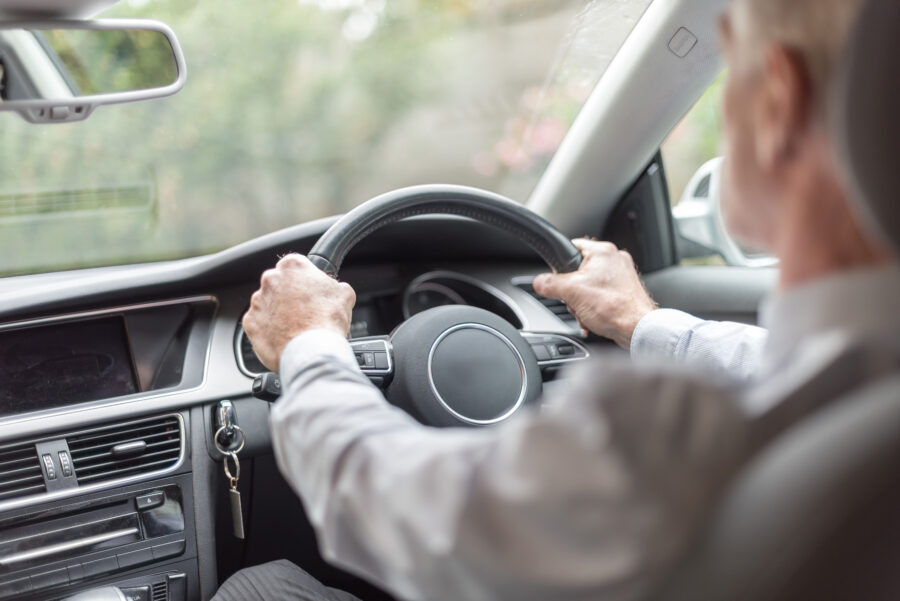
Can you fly with retinal vein occlusion?
Flying is generally safe for those with RVO, but you should consult your doctor before travelling, especially if you have other underlying health conditions.
How long does retinal vein occlusion last?
The duration of RVO can vary. Some people may experience symptoms for a few months, while others may have long-term issues. Treatment can help manage symptoms and improve outcomes.
What support is available?
The Macular Society offers comprehensive support for individuals affected by macular disease through a variety of services:
- Advice and Information Service: Accessible via phone (0300 3030 111) or email (help@macularsociety.org), providing expert guidance on managing macular conditions.
- Online Resources: The society's website (macularsociety.org) features a wealth of information and resources to help individuals understand and cope with macular disease.
- Peer Support Groups: Over 300 groups across the UK offer emotional and practical support, allowing people to connect with others facing similar challenges.
- Counselling and Befriending Services: Free, confidential counselling and regular friendly phone conversations through the Telephone Befriending Service help reduce feelings of isolation.
- Treatment Buddies and Skills Training: Connects individuals with experienced peers for support during treatment and offers training to enhance visual skills.
These services are designed to provide practical help and emotional support to enhance the quality of life for those living with macular conditions.


